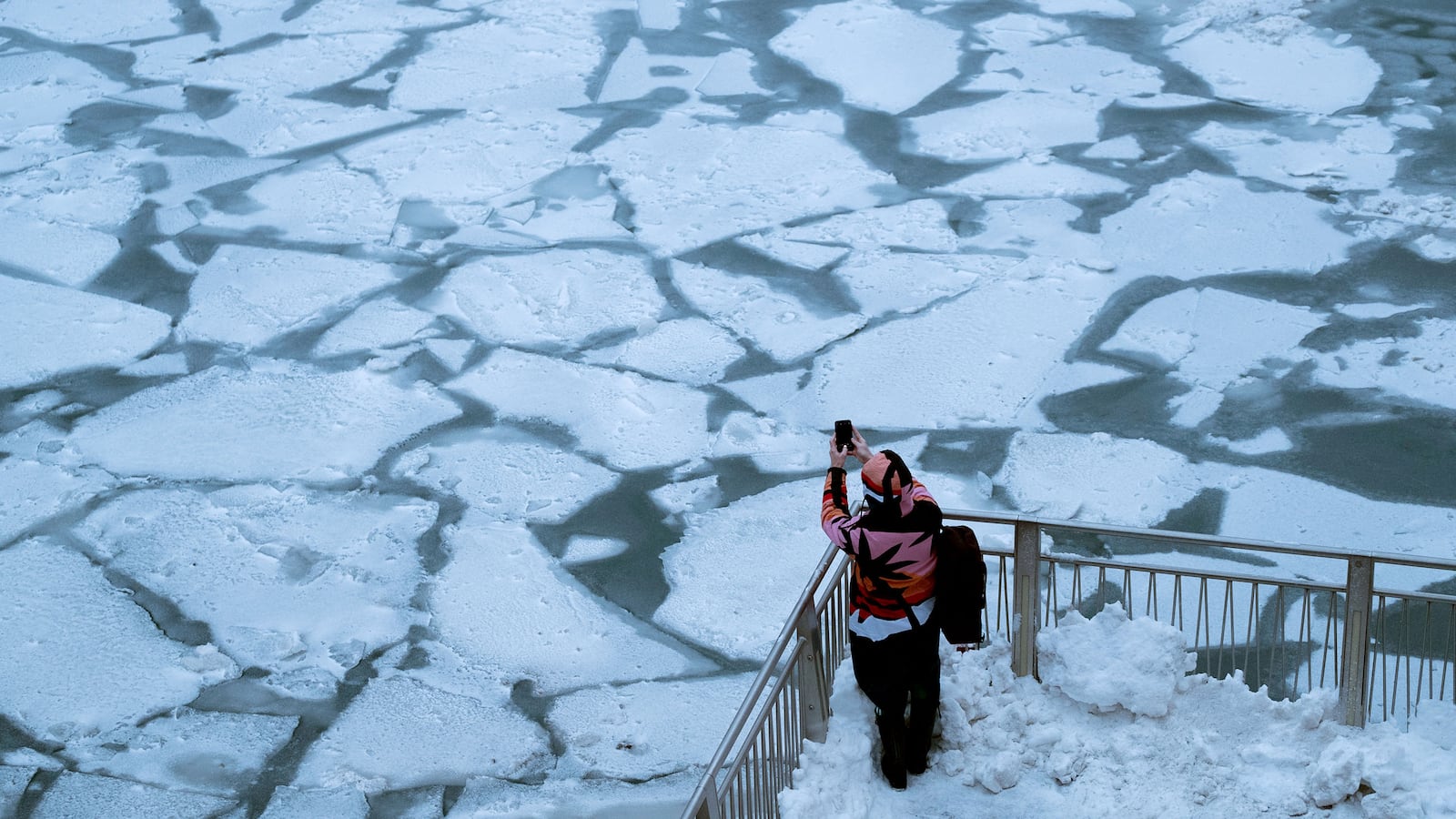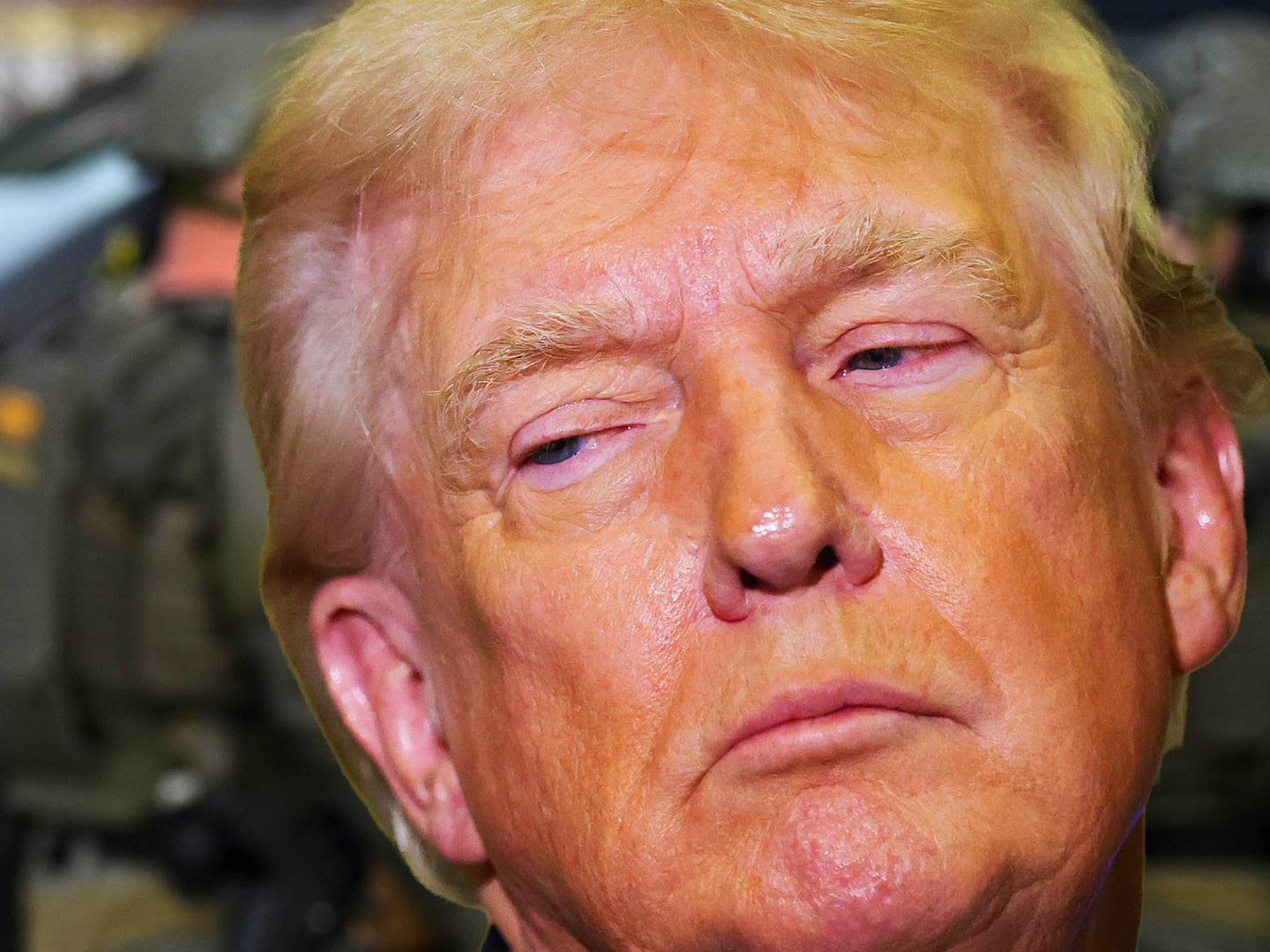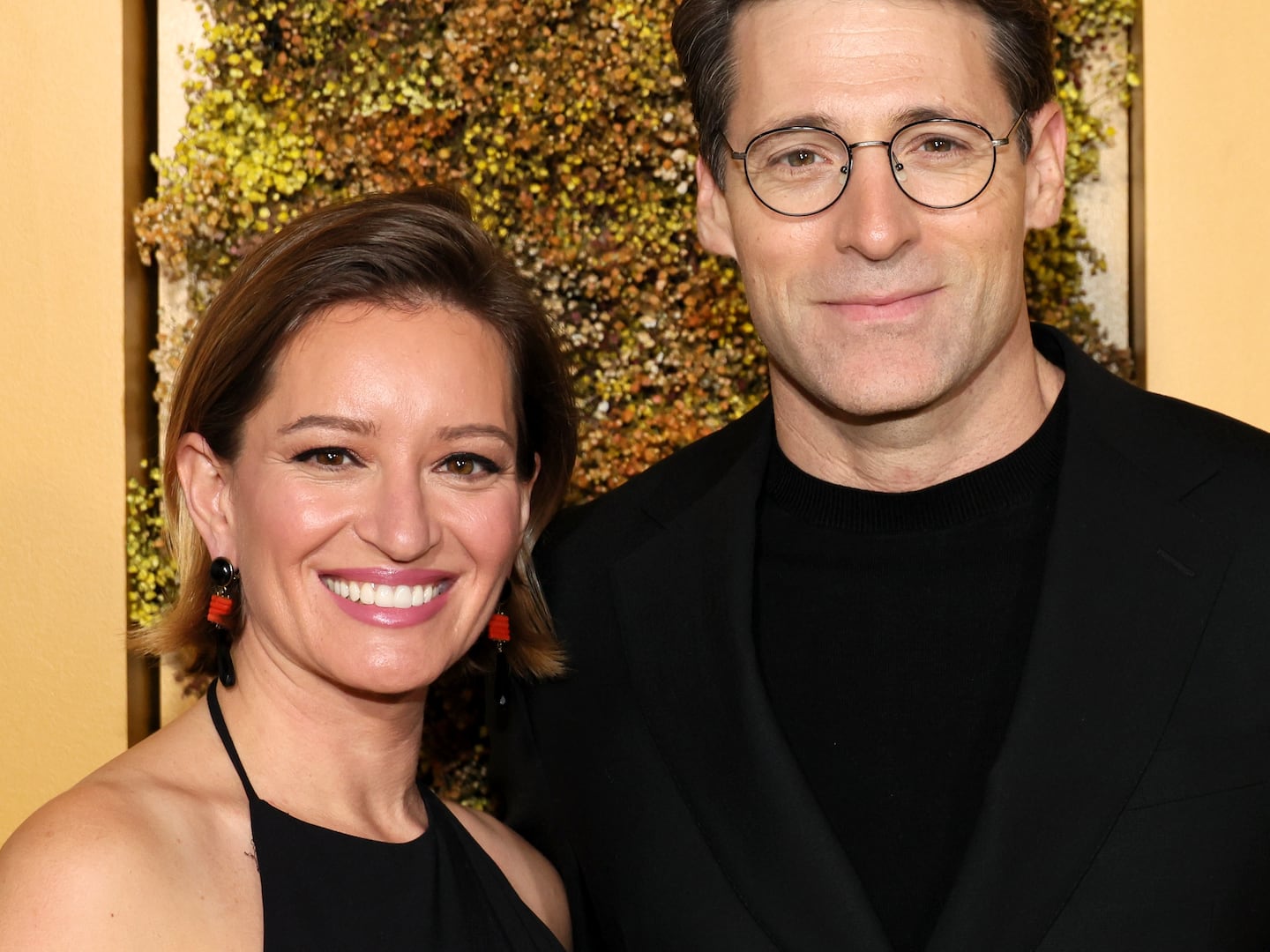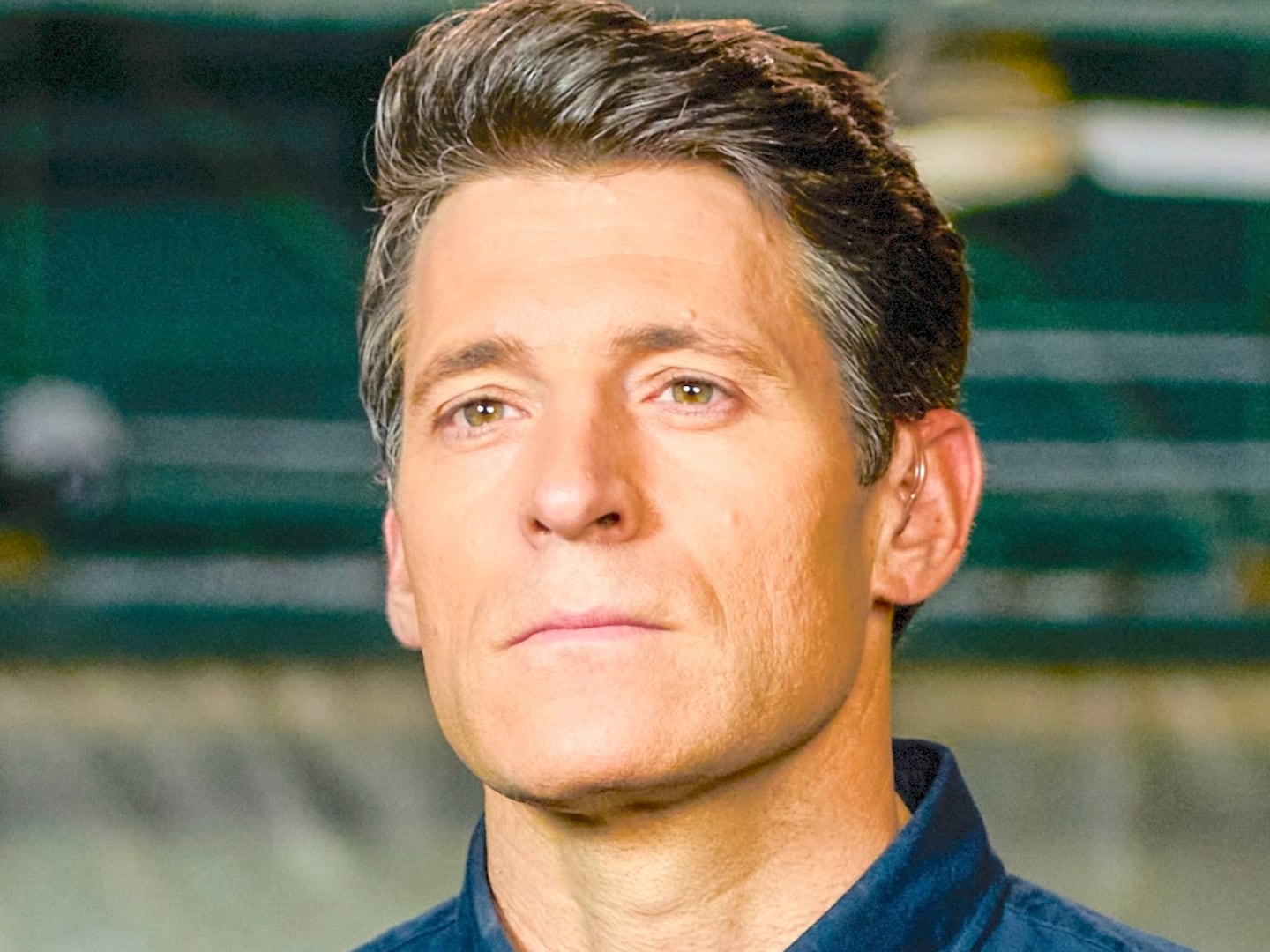Residents in the frigid Midwest have been startled during the polar vortex by shuddering booms.
They weren’t gunshots. They weren’t explosions. It appears, they may have been frost quakes, better known to weather geeks as cryoseisms—a deep-freeze phenomenon that even the scientist who coined the term has trouble explaining.
“What we believe is happening is when there is a significant plunge in the air temperature and the saturated soil cools quickly, the ice in the ground can expand rapidly enough to create a loud boom noise at the surface,” geologist Steven Battaglia told the Daily Beast.
Battaglia can’t confirm the freaky middle-of-the-night sounds heard in Chicago and other areas were frost quakes but says it’s definitely plausible. “Based on the temperature changes in Chicago, it is possible that any areas with saturated ground could have resulted in water expansion and a ‘pop’ noise near the surface,” he said.
It’s not the first time that people have reported hearing frost quakes. A 2014 blast in Calgary was thought to be a frost quake, though it remains unconfirmed. That same season, Battaglia—who was then living in Rockford, Illinois, near Chicago—first heard local reports about loud booms, sparking his curiosity and leading him to write the first paper to describe frost quakes in December 2015 in the journal Weatherwise (its title: “Frost Quakes: Forecasting the Unanticipated Clatter”).
The following June, Battaglia published a follow-up paper suggesting that frost quakes were occurring more frequently because of climate change.
“With warming temperatures from climate change, it is possible that more frost quakes could occur in the future,” he said. “The warming arctic is creating a smaller temperature gradient between the low latitudes and high latitudes in the Northern Hemisphere, implying the jet stream may be weakening.”
That weaker jet stream could cause a “wobble” between cold and warm air masses, bringing with it more polar vortexes—and more frost quakes.
For now, the possibilities of frost quakes are probably confined to the frigid, flat plains of the Midwest, the southeastern Canada area, and the northeastern U.S. because of the type of soil these regions have.
Because they’re so fleeting, it’s been difficult for researcher to gather concrete data about frost quakes. “Most of the evidence we have is based on reports of loud boom noises in areas that experience these cold temperature drops,” Battaglia said. “I believe more public awareness of these incidences and more development in our understanding of cryoseisms can help us all better know what is really occurring.”







